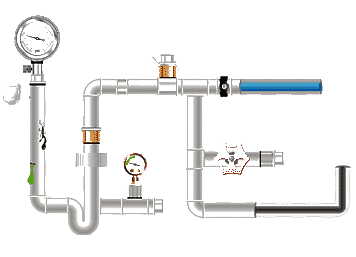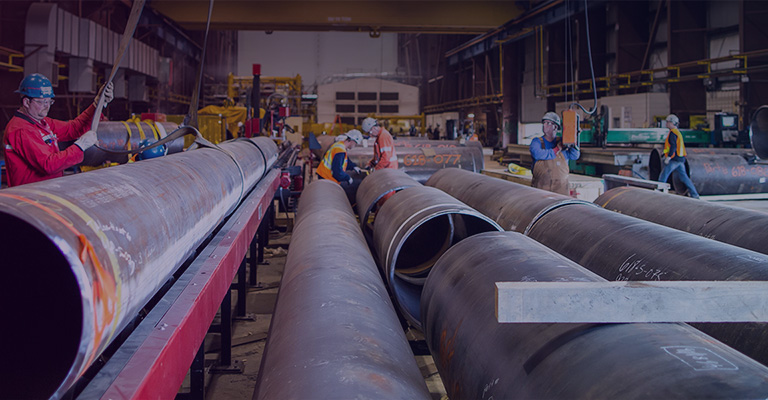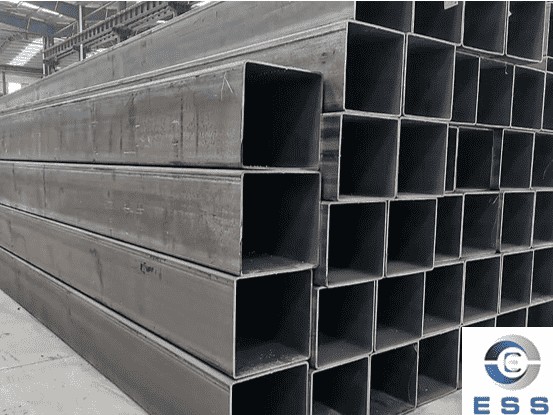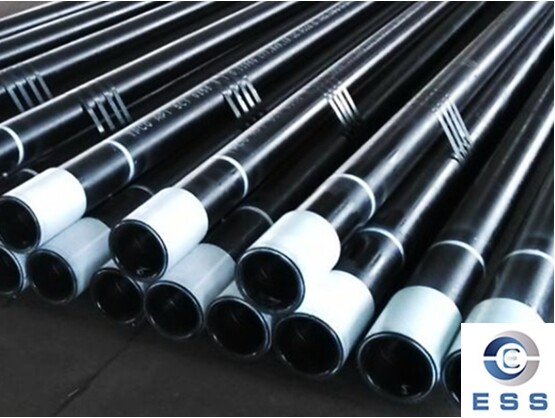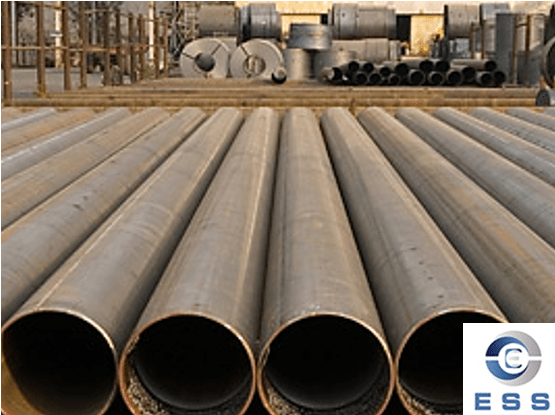A boiler
tube is a seamless
steel tube specifically designed for use in the heating surface of a
boiler, belonging to pressure piping components. Boiler
tubes materials are typically include carbon steel or alloy steel, and
their primary function is to efficiently transfer the heat energy generated by
fuel combustion to water or steam, making them a core pressure-bearing
component in the boiler system.
Boiler tubes can be categorized based on
their application environment:
Fire-tube boiler tubes
Water-tube boiler tubes
The differences between the two lie not
only in their structure but also in their heat transfer methods,
pressure-bearing capacity, and application scenarios.
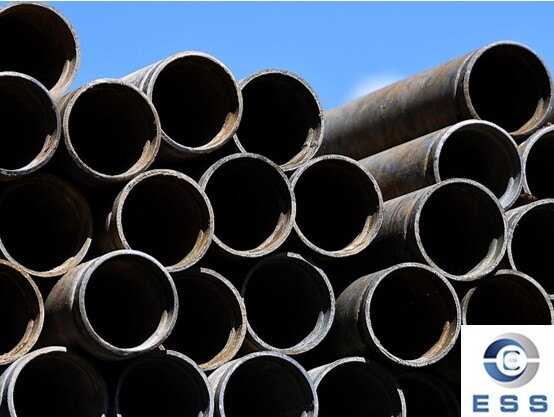
Fire-tube Boilers
1. Working Principle
The working principle of a fire-tube boiler
is the combustion of coal, natural gas, oil, or biomass in the boiler's
combustion chamber. The high-temperature gases produced by combustion then
enter the boiler tubes and flow through a water-filled area. As the boiler tube
temperature rises, the water in the combustion chamber generates steam, thus
producing energy.
2. Features and Applications
This type of boiler is known for its simple
structure and ease of maintenance, making it suitable for small to medium-sized
industrial applications. However, a drawback of this simple design is its lower
efficiency compared to water-tube boilers.
3. The Role of Boiler Tubes in Fire-tube
Boilers
The boiler tubes in fire-tube boilers
primarily function as heat transfer tubes. Common tube materials include ASTM
A178, ASTM
A192, and 20# steel, requiring good thermal conductivity and pressure
resistance.
Water-tube Boilers
1. Working Principle
In contrast, water-tube boilers store water
inside the boiler tubes. These tubes are connected to the combustion chamber,
where water is directly converted into steam during combustion. The steam then
enters the steam drum above the boiler, transferring energy to the boiler.
2. Features and Applications
Water-tube boilers offer higher thermal
efficiency (typically 85%–90%), larger steam output,
and faster heating, making them more suitable for high-pressure applications.
Operators requiring large boiler systems for power generation, chemical
processing, or other demanding processes typically choose water-tube boilers.
3. The Role of Boiler Tubes in Water-tube
Boilers
Water-tube boilers use tubes that withstand
higher pressure and temperatures, typically made of high-strength alloy
materials such as ASTM A210, A213 T11/T22, 15CrMoG, and 12Cr1MoVG, which
possess characteristics of high temperature resistance, oxidation resistance,
and creep resistance.
Fire-tube Boilers VS. Water-tube
Boilers: Advantages and Disadvantages
1. Advantages of Fire-tube Boilers
Simple design; Easy maintenance and repair;
Lower initial costs; Higher water consumption per horsepower.
2. Advantages of Water-tube Boilers
Smaller footprint at rated output power;
Greater steam output capacity; Ability to install internal/integral
superheaters; Higher operating pressure range (1,000 PSIG+).
3. Disadvantages of Fire-tube Boilers
Lower capacity (typically up to 2,500 hp or
86,250 lb/h);
Lower operating pressure range (typically
<350 PSIG);
Larger footprint at rated output power;
Longer start-up time.
4. Disadvantages of Water-tube Boilers
Lower water volume required per boiler
horsepower;
Higher maintenance costs;
More stringent water quality requirements;
Higher initial purchase cost.
Fire-tube Boiler Tubes VS. Water-tube Boiler
Tubes
|
Comparison Items
|
Fire-tube boiler tubes
|
Water-tube boiler tubes
|
|
Heat Transfer Direction
|
Flue gas flows inside the tube
|
Water flows inside the tube
|
|
Operating Pressure
|
Low pressure (<2.5 MPa)
|
High pressure (up to 15 MPa and above)
|
|
Tube Type
|
Plain carbon
steel tube (A178, 20#)
|
Alloy steel pipe (A213, T11/T22, etc.)
|
|
Thermal Efficiency
|
Medium
|
High
|
|
Maintenance Cost
|
Low
|
High
|
|
Application Scenarios
|
Steam supply for small and medium-sized
factories
|
Power plants, large industrial
installations
|
Main Causes of Boiler Tube Failure
Boiler tubes are prone to damage during
long-term operation under high temperature, high pressure, and corrosive
environments. Common causes of failure include:
1. Fire-tube Boiler Tube Tailure
Metal overheating and cracking: Due to
scale buildup or poor water circulation.
Corrosion and thermal fatigue: Improper
water treatment, excessive oxygen content.
Tube end cracks: Improper installation,
tube end protruding beyond the tube sheet.
2. Water-tube Boiler Tube Failure
Thermal shock rupture: Caused by
excessively rapid boiler start-up or uneven flame distribution.
Scale shedding: Caused by localized
overheating due to contamination inside and outside the tubes.
Corrosion fatigue: Caused by high oxygen
content in the feedwater or improper pH control.
3. Preventive Measures
Select boiler tube materials that meet
international standards (e.g., ASTM A210 / GB5310 / EN10216-2).
Strictly control feedwater quality (pH,
hardness, conductivity).
Perform regular ultrasonic testing and
hydrostatic testing.
Maintain stable combustion and avoid
thermal stress.
FAQ
1. Which is More Energy-Efficient, A
Fire-Tube Boiler Or A Water-Tube Boiler?
Water-tube boilers have higher thermal
efficiency (up to 90%), but higher initial costs;
Fire-tube boilers are more
economical and suitable for small to medium-sized projects.
2. How Often Should Boiler Tubes Be
Replaced?
Generally, they need to be inspected after
5–10 years of operation. The replacement cycle depends
on water quality, operating pressure, and tube material grade.
Summary
Fire-tube boiler tubes are suitable for
medium and low-pressure thermal energy systems and have economic advantages;
water-tube boiler tubes are used in high-temperature and high-pressure
environments and can better meet the needs of high energy efficiency and
industrial-grade steam.









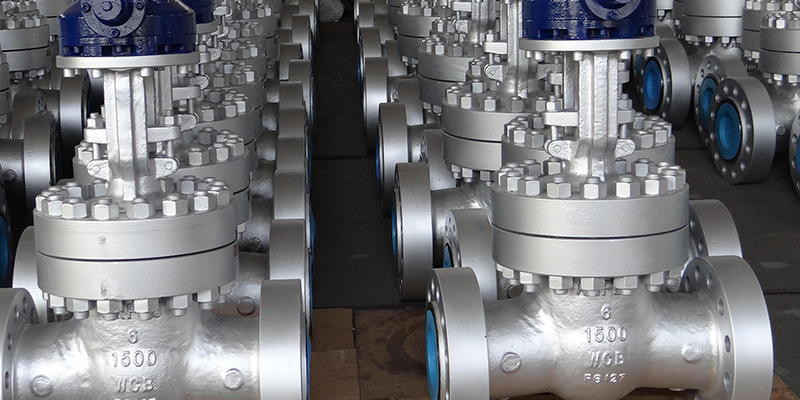
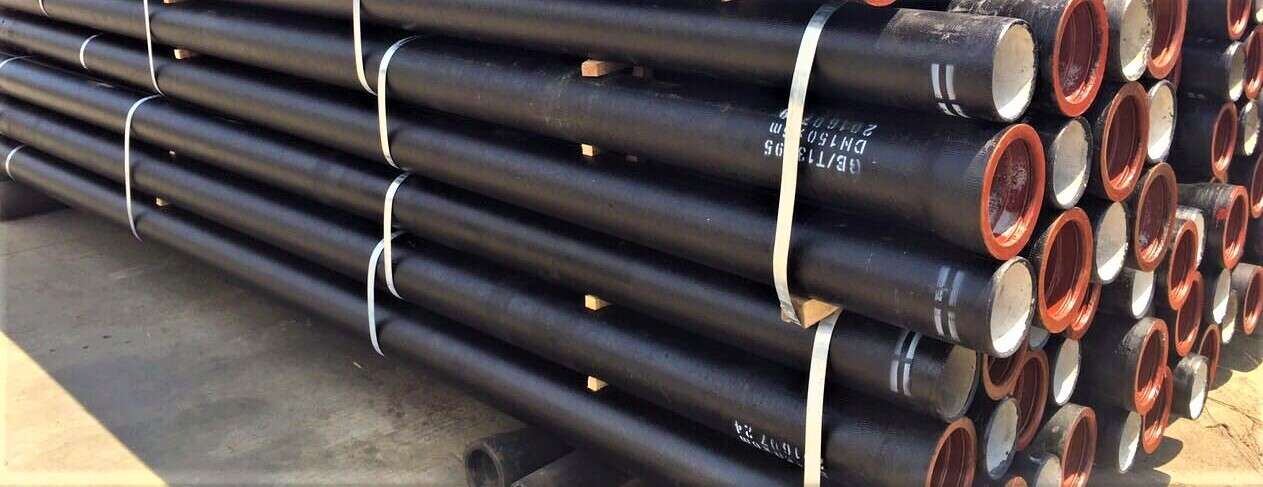


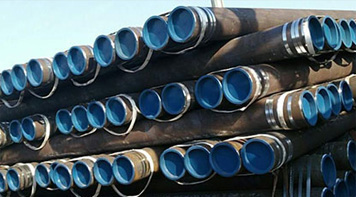 Eastern Steel Manufacturing Co.,Ltd not only improve product production and sales services, but also provide additional value-added services. As long as you need, we can complete your specific needs together.
Eastern Steel Manufacturing Co.,Ltd not only improve product production and sales services, but also provide additional value-added services. As long as you need, we can complete your specific needs together.
